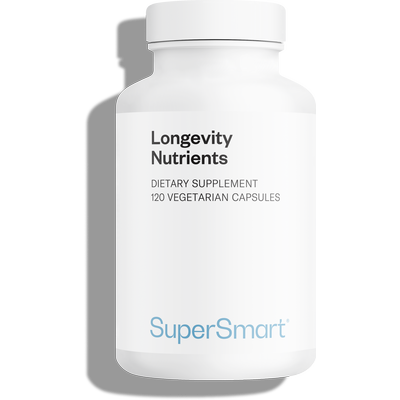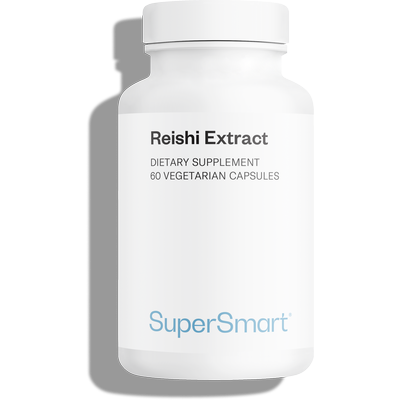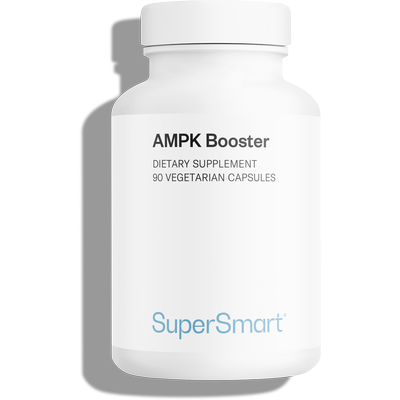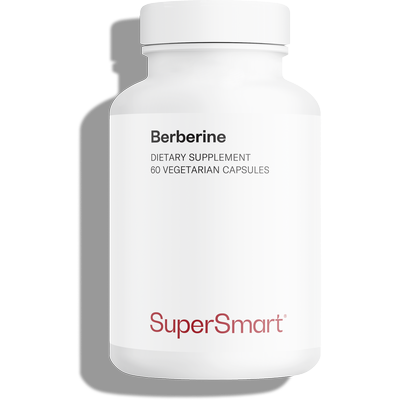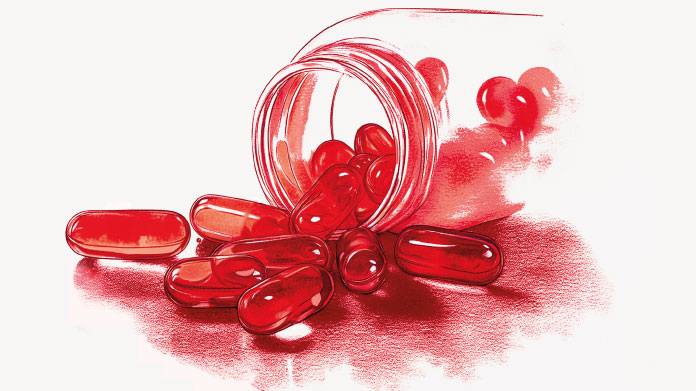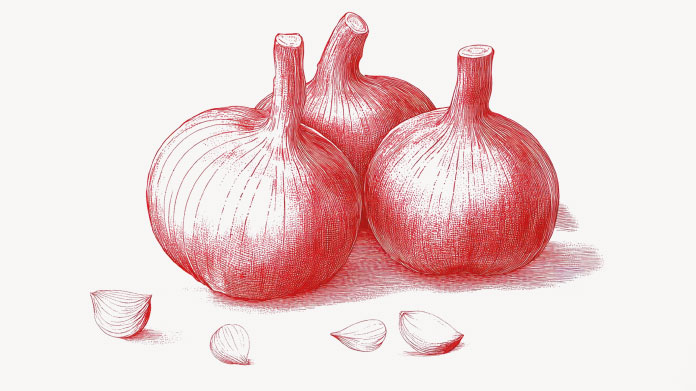Berberine: its anti-diabetes effect and benefits for health
You may not be aware of berberine supplements, but this natural active principle has actually been used therapeutically for many years, especially in traditional Asian medicine. Today, scientists are showing particular interest in berberine’s properties in relation to the management of type 2 diabetes...
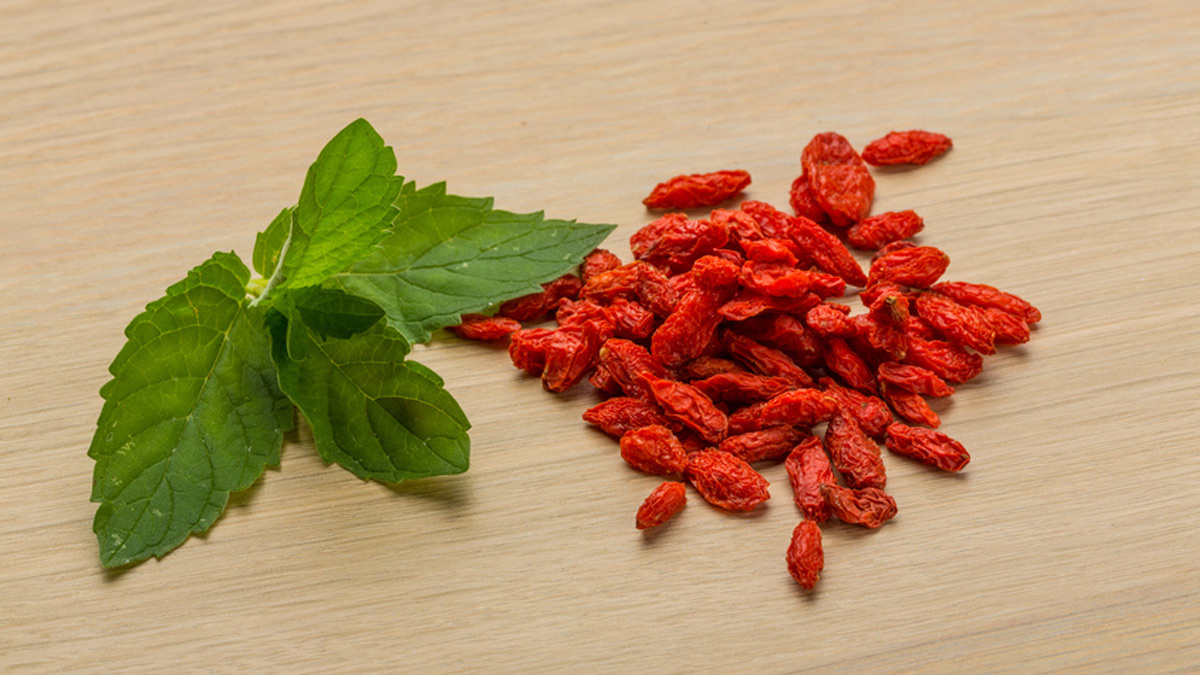
What exactly is berberine?
Berberine is a natural active principle which takes its name from the Berberidaceae plant family from which it was first extracted. One of the best-known of these plants is the shrub barberry, or to give it its scientific name, Berberis vulgaris. Berberine is found in the small berries produced by the barberry plant. Nowadays, this is the main source of berberine but it has also been identified in other plants of the berberidaceae family including the species Berberis aristata and Berberis petiolaris. It is also present in other plant groups, particularly Ranunculaceae (Coptis chinensis, Coptis teeta…), Papaveraceae (Chelidonium malus, Sanguinaria canadensis…), Menispermaceae (Tinospora cordifolia…), Rutaceae, (Phellodendron amurense…), Fumariaceae and Annonaceae.
Why is it attracting scientific interest?
The berberine-producing berberidaceae family features significantly in traditional Asian pharmacopoeia. Several of its plants are referred to in the texts of Chinese and Ayurvedic medicine. These medicinal plants are traditionally used for their anti-diarrhoea, anti-microbial and anti-protozoal activity. These powerful infection-fighting effects have since been attributed by science to several active principles including berberine. Over the years, research has revealed a number of other benefits for this natural active principle, particularly for the control of type 2 diabetes. On this subject, you may have heard about the link between berberine and an oral antidiabetic drug commonly used in the initial management of type 2 diabetes. We tell you more in the following paragraph.
What is the link between berberine and a well-known diabetes treatment?
Research conducted on berberine shows that this natural active compound has an action comparable to that of a well-known oral antidiabetic drug, the standard first-line treatment for type 2 diabetes. Both share the same mode of action: an antihyperglycemic effect. In other words, the well-known treatment and berberine both work to lower blood sugar levels and thus prevent the hyperglycemia characteristic of type 2 diabetes. Studies show that these two active compounds act within the body through various complex mechanisms. While some of these will be detailed in the following paragraph, current scientific data suggest that berberine could be an interesting alternative to said treatment. Several studies have compared the effectiveness of these two compounds and revealed results supporting the use of berberine to reduce blood glucose levels in patients with type 2 diabetes.
What are the properties of berberine?
Given its effects, berberine has been the subject of numerous scientific studies in recent years. Without being exhaustive, the paragraphs below present the most recent findings from researchers.
Antioxidant power. Like many phytonutrients, berberine acts as a natural antioxidant. This means it is able to combat oxidative stress, a process characterised by the production of reactive species in the body, which causes significant damage to cells and thus contributes to cellular ageing.
Anti-ageing effect. Because of these antioxidant properties, berberine helps to protect the body, prevent certain conditions and confer anti-ageing effects. That is why berberine features in the composition of anti-ageing supplements such as the formulation Longevity Nutrients. This combines an extract of Phellodendron amurense standardised in berberine, with an apple extract standardised in polyphenols, and a reishi extract standardised in polysaccharides. This anti-ageing supplement offers even greater efficacy because berberine’s chemical structure means it combines easily with other active principles to increase their effects.
Anti-infection action. Plants from the berberidaceae family are highly-prized in Asia for their infection-fighting properties. Studies show that berberine combats the spread of certain infectious agents. For example, it has anti-bacterial properties that work against staphylococcus, streptococcus and salmonella. It also seems to act against other parasites, exerting anti-amoebic and anti-protozoal effects.
Anti-inflammatory activity. It may also fight inflammatory reactions induced by infectious agents. Several studies have shown that regular administration of berberine helps to reduce inflammatory responses.
Anti-diabetes action. As mentioned earlier, berberine shares the same antihyperglycemic action as the well-known treatment. Studies show that it reduces blood glucose levels in various ways. One such method is its effect on an enzyme involved in glucose metabolism called AMPK. By enabling activation of this enzyme, berberine increases insulin sensitivity and promotes the capture and use of glucose in the body. Studies suggest that it may also regulate neoglucogenesis, a mechanism which leads to synthesis of glucose by the liver. As a result of these different actions, berberine helps reduce blood glucose levels and combats the hyperglycaemia characteristic of type 2 diabetes.
Lipid-lowering potential. Due to its AMPK-activating effect, berberine also appears to improve the lipid profile by reducing blood levels of triglycerides and cholesterol.
What are berberine’s health benefits?
Due to its many beneficial properties, berberine is a molecule with significant therapeutic potential. Though not exhaustive, the paragraphs below list its traditional and more recent therapeutic uses.
Infectious diseases. In Asia, berberidaceae plants have been used for years to prevent and treat infectious diseases, particularly for fighting the infectious agents that cause diarrhoea.
Type 2 diabetes. For several years now, berberine has attracted particular attention from researchers for its antidiabetic action, which is similar to that of the well-known diabetes treatment. It thus constitutes a significant aid to the management of what is an increasingly prevalent condition. In 2014, specialists estimated that type 2 diabetes affected more than 400 million people across the world, and that figure did not include the large number of undiagnosed diabetics.
Metabolic disorders. In addition to its benefits for the management of type 2 diabetes, it may also support the treatment of numerous other metabolic disorders. In particular, it may help prevent complications linked to excess weight and obesity.
Non-alcoholic steatohepatitis (fatty liver disease). Recent research has also identified benefits for the prevention and treatment of non-alcoholic steatohepatitis, more commonly-referred to as NASH. This is essentially inflammation of the liver caused by abnormal levels of fat storage in liver cells. In just a few years, NASH has become a major public health issue, as can be seen by the publication of several articles on the subject. Their titles - ‘Fizzy drink disease’, ‘Junk food disease’, or ‘Disease of the century’ - refer to its primary causes, namely our changing lifestyles and the trend towards consumption of fast-food and high-calorie products. With its antihyperglycaemic and lipid-lowering benefits, berberine is considered a promising therapeutic approach to preventing the complications associated with NASH.
How can you obtain the benefits of berberine?
Berberine is extracted from various plants and comes in the form of a yellow powder which is used to formulate a number of dietary supplements. For example, the berberine supplement offered in the SuperSmart catalogue is formulated from an extract of barberry (Berberis vulgaris) standardised to 97% berberine, one of the best doses available!
It can also be found in supplements combined with other active principles. An innovative formulation has been developed which contains extracts of Berberis vulgaris standardised to 97% berberine, Gynostemma pentaphyllum standardised to 98% gypenosides, and Buxus sinica standardised to 98% fisetin. Combined in the supplement AMPK Booster, these three extracts naturally boost AMPK, a key metabolic enzyme, the activation of which helps fight a large number of metabolic disorders: hyperlipidaemia, hypercholesterolaemia, and the hyperglycaemia characteristic of type 2 diabetes … Studies conducted on animal models show that AMPK activation may help increase longevity.
How do you choose the right dose?
As yet, there is no officially recommended dose for berberine. Current scientific data suggests that the dose may vary between 500mg and 1500mg a day, depending on individual needs, with some studies suggesting that in certain cases, this could even be increased to 2000mg/day for short periods and under medical supervision. In all cases, it’s advisable to seek guidance from a health professional in choosing the right supplement for your particular needs.
Are there any contraindications?
No major side-effects have so far been reported as a result of taking berberine supplements. However, as with any active principle, there may be certain contraindications. In particular, medical advice should be sought by those on any medication as berberine may interact with the active principles in certain drugs. And as a precautionary measure, berberine supplements are not recommended for children or for women who are pregnant or breastfeeding.
SUPERSMART ADVICE
Keywords
3 Days
Great product
Great product, but still evaluating its effectiveness. Highly recommended. Super efficient delivery.
Chalise
6 Days
Quality products
Quality products , efficient and effective customer service. You can’t ask more
CLaudia
12 Days
Good quality product and customer service.
So far, I'm liking this product, and the customer service was very good.
ELZL
19 Days
The products I use are excel·lent
The products I use are excel·lent
ROSAS Josep Maria
27 Days
Delivery is prompt and I never saw a…
Delivery is prompt and I never saw a quality problem with the manufacturing. It is not possible to assess efficacy on a personal basis, since too many factors come into play. Efficacy can only be assessed statistically with a sufficient number of cases.
Roger De Backer
28 Days
I collaborates with the Supersmart…
I collaborates with the Supersmart more than 10 years. Every thing is going good. Quality of the things is good. Delivery comes in time. Five stars definitely !!!
Oleksiy
28 Days
All good
Simple, frictionless site, easy ordering, good delivery updates and execution.
Chris Robbins
30 Days
I feel better
I feel better
Peter Ammann
31 Days
Prompt delivery
Prompt delivery
JAKUB Radisch
32 Days
My new go-to for top quality supplements!
I am buying more and more of my supplements from this superb, high quality company. Cannot recommend it enough. Plus, excellent customer service with a quick, helpful team and speedy deliveries. Highly recommend Supersmart!
Cecilie H.
36 Days
SUPERSMART WHAT ELSE👍
SUPERSMART WHAT ELSE👍
DIEDERLE Christophe
38 Days
Excellent quality products with…
Excellent quality products with innovative formulas, as someone who has been suffering with acid reflux, these supplements have been lifesavers.
Oriana Moniz
39 Days
high quality supplement!
high quality supplement!
GALANT
39 Days
Good service prompt delivery
Good service prompt delivery
Mrs Marcella Reeves
44 Days
I like your clear explanation
I like your clear explanation. And how to make a choice of products for a specific health problem
Ingrid

